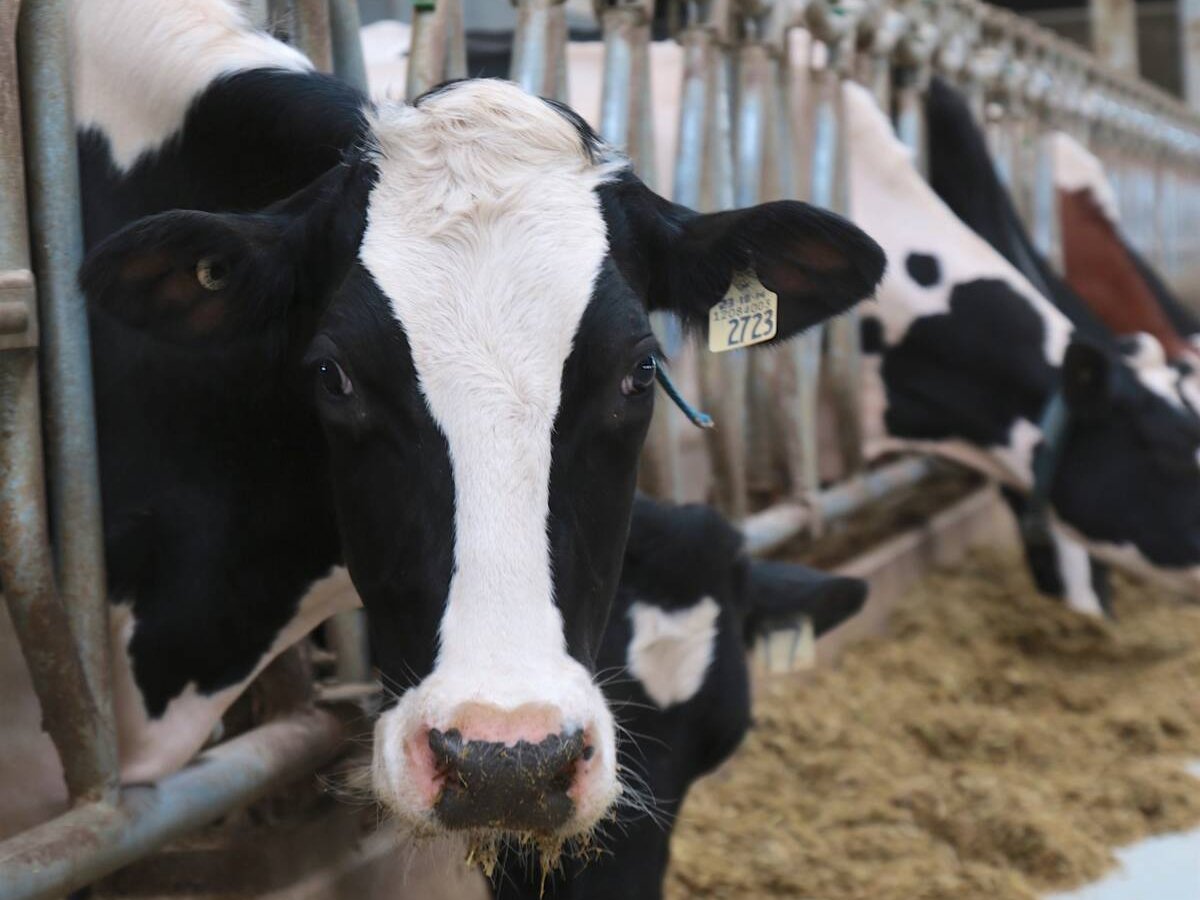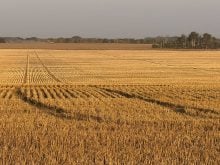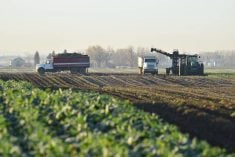Saskatchewan farmers are in the thick of the fight against wheat midge.
It’s a battle that appears to be as intense this year as it was last year.
“There were too many in there,” said Monmartre, Sask., grain farmer Kevin Shiplack about the midge he found in his Canadian prairie spring and durum wheat fields.
Like thousands of other prairie farmers, Shiplack had his fields sprayed last week after sunset crop surveys revealed large number of female midge flies in his fields.
The combination of hot weather with high humidity has produced perfect conditions for wheat midge emergence. Last week the midges started appearing in large numbers, agrologists say.
Read Also

The Organization for Economic Co-operation and Development lauds Canada’s low farm subsidies, criticizes supply management
The Organization for Economic Co-operation and Development lauded Canada’s low farm subsidies, criticized supply management in its global survey of farm support programs.
Indian Head, Sask., agrologist Judy McKell said most farmers in her area, one of the most infested regions, are not surprised by this year’s outbreak because it follows two years of heavy infestation.
Crop watchers report the worst areas in Saskatchewan are in the east, especially the southeast and east-central regions.
McKell said some farmers in the worst-hit area have benefitted from early seeding because their crops are already past flowering, and therefore beyond the threat of midge damage.
Yorkton agrologist Zane Lewchuck said farmers are analyzing their crops to see whether they should spray. Yorkton is in what he calls the “red zone,” the area midge maps predict will be hardest hit by the pests.
“We’ve got a lot of people out scouting their fields,” Lewchuck said.
Flip of the coin
McKell said many producers are finding the midge in their fields are just under the spraying threshold level. That leaves them with the tough choice of whether to play it safe with the crop by spraying anyway, or playing it safe with money by not spraying.
“Some guys don’t want to dump another $10 an acre on a crop that isn’t going to bring a decent price,” said McKell.
Even if some producers are holding back, custom sprayers aren’t short of work, according to spray plane pilot Dean Unterreiner of Regina’s Farm Air Ltd.
“It’s probably busier than last year.”















